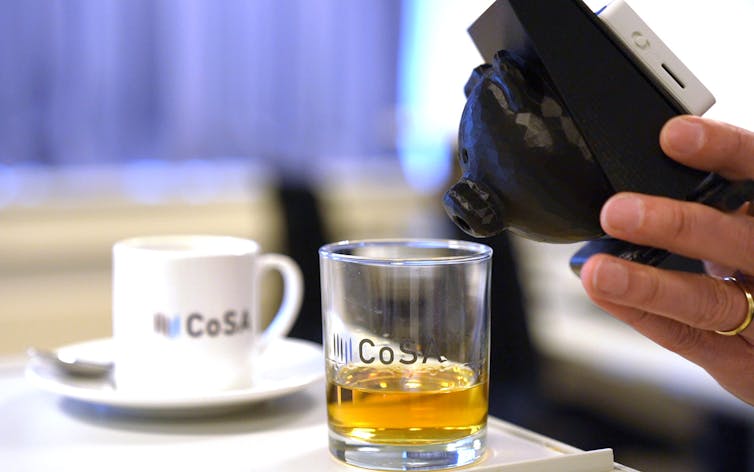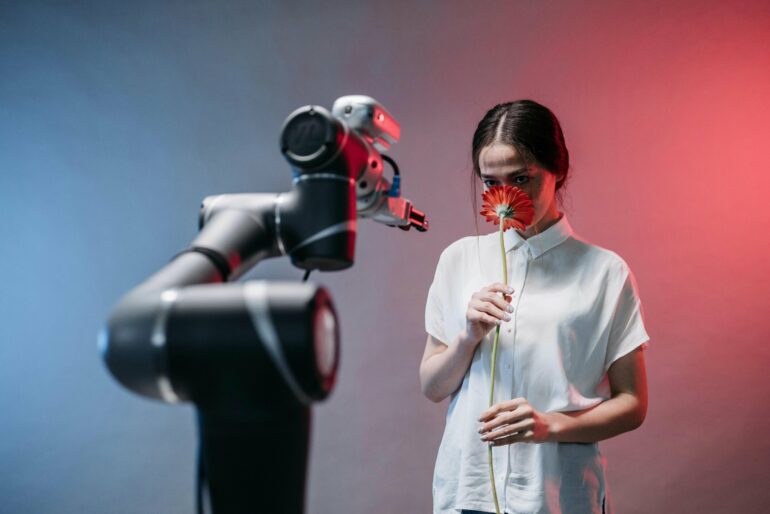Over 100 years ago, Alexander Graham Bell asked the readers of National Geographic to do something bold and fresh – “to found a new science.” He pointed out that sciences based on the measurements of sound and light already existed. But there was no science of odor. Bell asked his readers to “measure a smell.”
Today, smartphones in most people’s pockets provide impressive built-in capabilities based on the sciences of sound and light: voice assistants, facial recognition and photo enhancement. The science of odor does not offer anything comparable. But that situation is changing, as advances in machine olfaction, also called “digitized smell,” are finally answering Bell’s call to action.
Research on machine olfaction faces a formidable challenge due to the complexity of the human sense of smell. Whereas human vision mainly relies on receptor cells in the retina – rods and three types of cones – smell is experienced through about 400 types of receptor cells in the nose.
Machine olfaction starts with sensors that detect and identify molecules in the air. These sensors serve the same purpose as the receptors in your nose.
But to be useful to people, machine olfaction needs to go a step further. The system needs to know what a certain molecule or a set of molecules smells like to a human. For that, machine olfaction needs machine learning.
Applying machine learning to smells
Machine learning, and particularly a kind of machine learning called deep learning, is at the core of remarkable advances such as voice assistants and facial recognition apps.
Machine learning is also key to digitizing smells because it can learn to map the molecular structure of an odor-causing compound to textual odor descriptors. The machine learning model learns the words humans tend to use – for example, “sweet” and “dessert” – to describe what they experience when they encounter specific odor-causing compounds, such as vanillin.

A university research prototype artificial nose can distinguish between coffee and whiskey.
Marcus Brandt/picture alliance via Getty Images
However, machine learning needs large datasets. The web has an unimaginably huge amount of audio, image and video content that can be used to train artificial intelligence systems that recognize sounds and pictures. But machine olfaction has long faced a data shortage problem, partly because most people cannot verbally describe smells as effortlessly and recognizably as they can describe sights and sounds. Without access to web-scale datasets, researchers weren’t able to train really powerful machine learning models.
However, things started to change in 2015 when researchers launched the DREAM Olfaction Prediction Challenge. The competition released data collected by Andreas Keller and Leslie Vosshall, biologists who study olfaction, and invited teams from around the world to submit their machine learning models. The…



